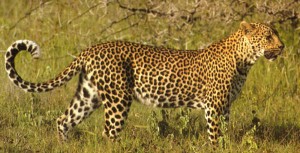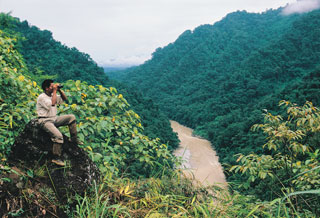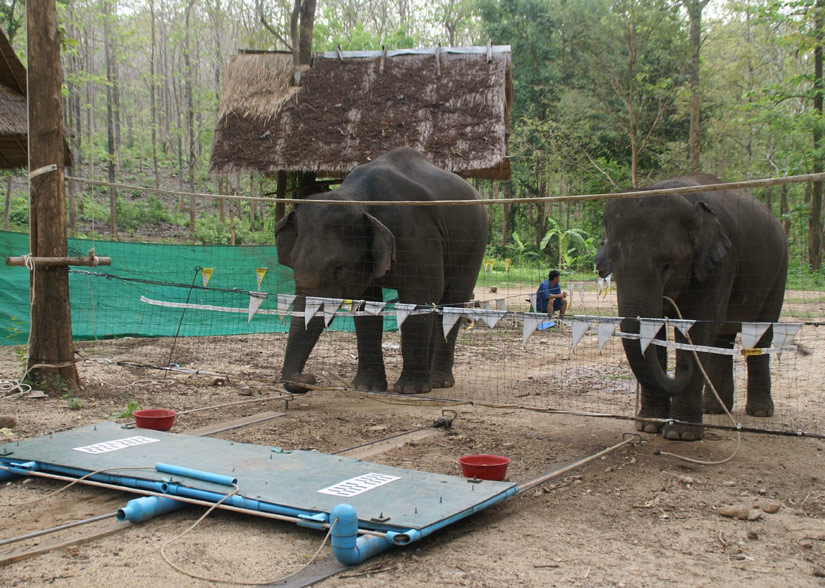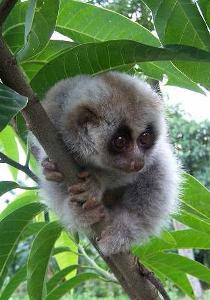 Dachigam National Park in Jammu & Kashmir is one of the highest altitude protected regions of India. The officials here have begun radio collaring the leopards in the area so as to gather more information on their movement and assess their feeding habits. A crucial habitat of the endangered Hangul, forest officers believe this will also help know how the predator’s needs are affecting the threatened stag’s population.
Dachigam National Park in Jammu & Kashmir is one of the highest altitude protected regions of India. The officials here have begun radio collaring the leopards in the area so as to gather more information on their movement and assess their feeding habits. A crucial habitat of the endangered Hangul, forest officers believe this will also help know how the predator’s needs are affecting the threatened stag’s population.
The park has a sizeable Indian leopard population and park warden Imitiaz Ahmed feels that radio collaring the beast will aid them a lot in tracking the animals and also avoiding man-animal conflict.
“The collaring of leopards has taken place for the first time in the state. This is an ambitious plan, right now the most important task is to collar the leopards and record their movements, home range, and get information about their interaction with other animals as per the movements.”
“Based on this information we assimilate comprehensive scientific data. Apart from its home range, we also gather information about the number of leopards present in this area comfortably,” he said.
He added that by understanding the hunting pattern of the leopards the rangers could also ascertain that the endangered hangul population was not too much affected.
Wildlife researcher Athar Noor said the collars would help detect the animal from upto 2 kms.
“The collar that has been placed by us helps to detect them from a distance of two kilometers. We follow it more closely; we track them and estimate as to how much the GPS fixes and locations of that particular track. We also get to know about their food pattern from the direct or indirect evidence that we get, be it in the form of a pugmark or the dropping of its excreta. We confirm their locations from the scrapings and movements. They serve as confirmatory add on to our information,” he said.
The tracking would also help keep a note of leopards that might be straying into regions with high human density. In the past fie year about 127 leopard attacks have been noted in the area and the collaring will ensure that such incidents are minimized.






The picture posted is not in fact a leopard, it is a cheetah. Get your facts straight before posting.
Thank you Brittany, it was a silly mistake on our part and has been rectified.